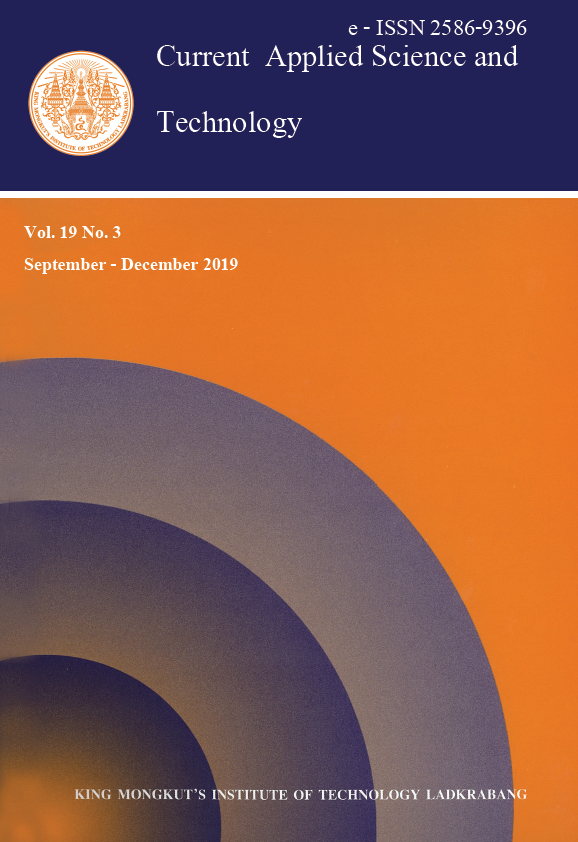The main objectives of this research are to develop a sustainable feeding unit in the small barns for daily fresh feed production by minimizing the operation cost of feed manufacturing and mixing the good soften cutter feed with nutrient supplements mechanically using an easy operating system. The storage of mixed fodder for a long period can expose its validity into rancidity and oxidation and reduces the nutritional value. Thus, an adequate feeding unit suitable for small barns is developed. Three experiments are conducted to test the developed unit on the variable levels of the cutting speeds (7.540, 9.426 and 11.304m/s), three feeding rates of (0.3, 0.6 and 0.9 ton/h) and three knife interferences of (5, 10 and 15 mm) to measure the performance rates, efficiency and economic evaluation. The results indicated that the maximum percentage in the soften cutting length > 5 cm was 92.82 % at the helical distribution with the maximum speed of 11.304 m/s, feeding rate of 0.9 ton/h and the largest knife interference of 15 mm. Besides, the maximum feed mixing efficiency (95.45 %) was recorded at the highest adaptable settings. Meanwhile, the maximum machine productivity was recorded at 0.85 ton/h at the same variables. Moreover, the maximum power consumption value (6.85 kWh/ton) was obtained at the lowest cutting speed of 7.540 m/s, feeding rate of 0.85 ton/h and knife interference of 5 mm. The maximum operation cost was 121.20 Egyptian pound/ton with the same factors.
Keywords: rancidity; oxidation; validity; cutting; mixing; feeding
*Corresponding author: E-mail: a.shawky71@yahoo.com
El-sayed*, A. S. ., Al-Rajhi, M. A. I. ., & El-Beba, A. M. A. A. . (2019). Developing Stubble Chopper Device Adequate for Small Livestock Barns. CURRENT APPLIED SCIENCE AND TECHNOLOGY, 209-224.
